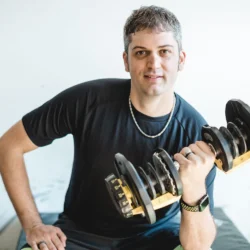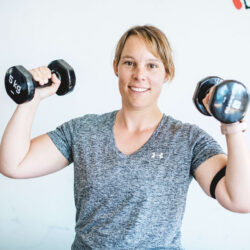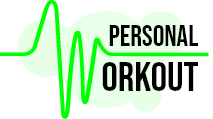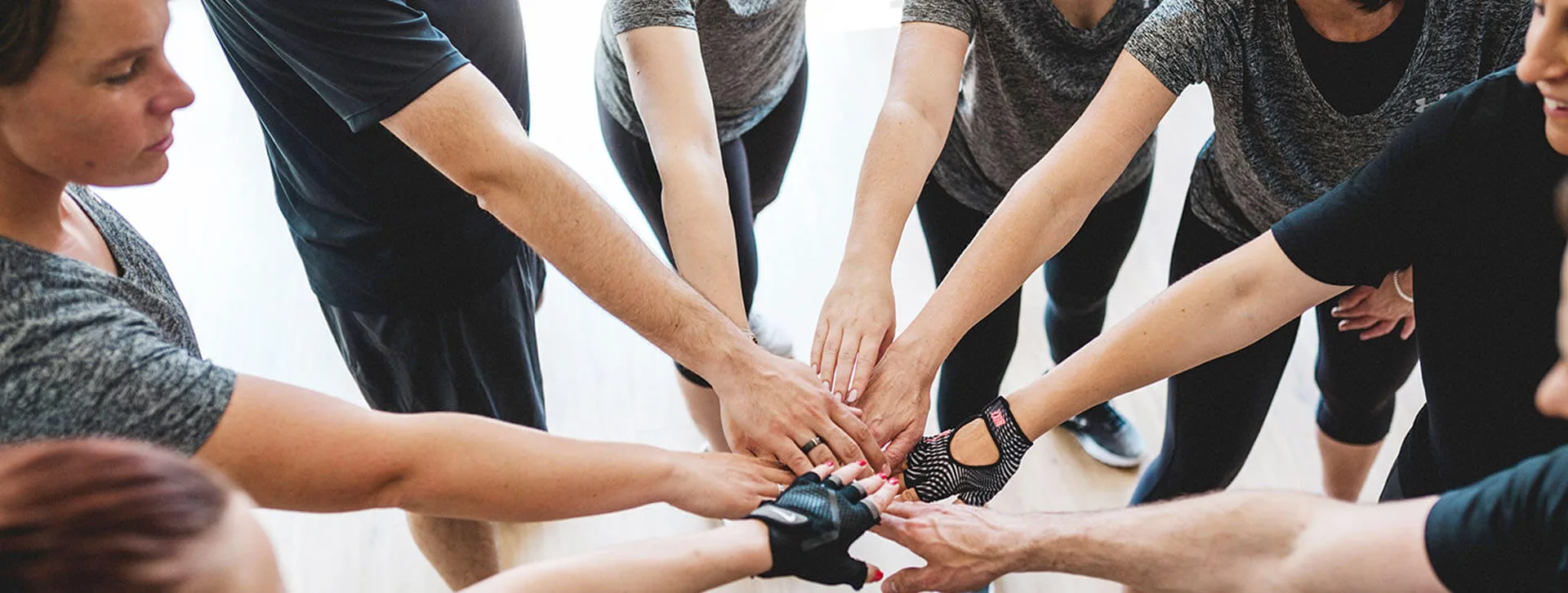Vegan & Vegetarian Diets –
What the Science Really Says
Let’s get one thing straight: there’s no magic in eating animals, and there’s no halo over kale either. Nutrition isn’t religion, it’s biology. And if you’re serious about health and performance, you need to cut through the ideological noise and get your facts right. Especially when it comes to plant-based diets and protein. So let’s talk about veganism, vegetarianism, and what happens when you stop eating meat. Spoiler: It’s not all rainbows and ethical superiority. But it’s also not the nutritional apocalypse that some steak-worshippers scream about. By André Pedro
First, definitions. Keep it clean.
Vegan = No animal products. No meat, no fish, no eggs, no dairy. Strict. Often ideological.
Vegetarian = No meat or fish, but still includes eggs and dairy. Flexible. Often health or environment-driven.
The modern vegan movement gained traction in the mid-20th century, but plant-based eating goes way back (think ancient Indian and Mediterranean cultures). So no, it didn’t start on Instagram.
Why do people go vegan or vegetarian?
Like we said before, usually people choose this because:
- Ethical concerns (animal rights, factory farming)
- Environmental impact (land use, emissions)
- Health goals (lower cholesterol, longevity)
A note on what does science say about the environmental angle
It’s legit. A massive 2018 meta-analysis by Poore and Nemecek in Science reviewed data from 38,700 farms and found that meat and dairy are responsible for 83% of farmland use and 60% of agriculture’s greenhouse gas emissions, yet provide only 18% of the world’s calories and 37% of protein. Swapping to a plant-based diet can cut your food-related emissions by up to 73%.
“But what about soy? Isn’t that destroying the Amazon?”
If you’re worried about soy’s impact on the Amazon, the bigger issue is actually… meat. Most soy grown in places like Brazil and the U.S. isn’t used to make tofu or soy milk. Iit’s mostly fed to animals like pigs and chickens.
Some people believe that if humans ate soy directly instead of feeding it to animals, we’d need to grow much less soy to get the same nutrition, like protein. This could save forests and farmland, which is a positive for the environment.
However, there’s a catch. The soy grown for animal feed isn’t very tasty or easy to use in foods like tofu. It grows well in certain places but isn’t ideal for direct human consumption. Some suggest turning this soy into plant-based meats or other processed foods instead. But others worry this just leads to more ultra-processed foods, which might not be healthy and are often made by big companies that rely on large-scale soy farming, sometimes contributing to environmental damage.
So, while eating more plant-based foods could help reduce environmental harm, it’s important to think carefully about how that soy is grown and used.
In the end, scientists still need to study this more. And how people feel about it often depends on what they care most about either health, the environment, or how food is made
So, to sum up:
- Yes, soy is a major driver of deforestation.
- But over 75% of global soy is used for animal feed, not tofu or soy milk.
- Only around 6–7% of soy is eaten directly by humans.
There’s also the regenerative grazing crowd saying pasture-raised beef is the answer. Small-scale systems can help soil health, yes. BUT findings indicate that emissions per kilogram of protein from even the most efficient grass-fed beef systems are 10 to 25% higher than those from industrial U.S. beef. When compared to a wide range of plant and animal protein alternatives, grass-fed beef’s emissions are 3 to over 40 times higher.
It’s not about dogma. It’s about math and scale.
Protein: The ELEPHANT IN THE TOFU AISLE
Back to the topic in hands: Protein isn’t optional. You need it for muscle, hormones, enzymes, recovery, and immune function. And the quality of protein matters, not just the grams on a label.
That’s where bioavailability comes in – the percentage of protein your body can actually digest, absorb, and use. Animal proteins (meat, eggs, dairy) generally win here. They’re complete (contain all 9 essential amino acids) and highly digestible. Think 90 to 99 percent absorption.
Plant proteins? They’re usually incomplete, and their digestibility is lower (50 to 80 percent), especially when coming from whole foods like beans or grains. You’ll need more volume and smarter combinations (like rice and beans, or lentils and seeds) to match the same anabolic effect.
That doesn’t mean it’s impossible. It means you have to plan.
And yes, there’s science to back that up. A 2021 non-inferiority* trial by Hevia-Larraín et al. put vegans and omnivores on the same protein dose (1.6g/kg/day) during resistance training. Both groups gained the same amount of lean mass and strength, but only because the vegan group used soy protein isolate. No isolate, no fair fight.
*A non-inferiority trial tests whether one approach is not significantly worse than another. In this case, whether vegan protein is just as effective as animal-based protein for building muscle and strength.
Pros of vegan/vegetarian diets
- Lower BMI, cholesterol, and blood pressure
- Lower risk of heart disease, type 2 diabetes
- Easier to eat more fiber and antioxidants
- Reduced environmental footprint
Cons (and they matter)
- High risk of nutrient deficiencies: Still harder for vegans, but even vegetarians can fall short on B12, iron, zinc, omega-3s (EPA/DHA), calcium, vitamin D, and creatine.
- Lower muscle creatine and carnosine levels (less explosive strength)
- Higher fracture risk in vegans
- Harder to hit leucine thresholds for muscle growth with whole foods
- Often requires supplements or processed proteins to compete with omnivore diets
Who thrives on these diets?
- People who track their intake and supplement properly
- Endurance athletes (less explosive demands)
- People with strong ethical or environmental motivation (adherence matters)
Who struggles?
- Hard-gaining lifters or athletes needing high muscle mass
- Pregnant women and kids (need more nutrients per kg)
- People who avoid supplementation for dogmatic reasons
- People who think eating chickpeas and vibes is enough
Omnivores vs vegans vs vegetarians
Omnivores have the nutrient edge. B12, iron, omega-3s, creatine. All built in. Vegetarians land somewhere in the middle, especially if they eat eggs and dairy.
But the story changes when diet quality is trash. An omnivore eating processed garbage is worse off than a well-planned vegan eating diverse, nutrient-rich whole foods with a couple smart supplements.
What about red meat?
Glad you asked. We already covered that in detail here: Red Meat: Superfood or Cancer Catalyst?
Long story short: red meat is not essential anymore, and excessive intake (mainly processed) is clearly linked to higher cancer and heart disease risk. Lean cuts? Maybe neutral. But you’re not missing out on health miracles by skipping it.
Most common plant-based protein sources
Here’s where most plant-based folks get their protein:
- Lentils (18g per 100g)
- Chickpeas (15g per cooked cup)
- Black beans / kidney beans (15-20g per 100g)
- Tofu (12g per 100g)
- Tempeh (20g per 100g)
- Seitan (25g per 100g)
- Edamame (12g per cup)
- Quinoa (8g per cup, and complete)
- Chia seeds (5g per 2 tbsp)
- Hemp seeds (10g per 3 tbsp)
- Soy or pea protein isolate (20–25g per scoop)
*Note that data was taken from different sources like U.S. Department of Agriculture and The Swiss Food Composition Database so numbers may slightly vary.
What about bioavailability?
Plant proteins vary. Whole beans and grains are around 50 to 70 percent digestible. Isolates like soy or pea? More like 80 to 95 percent. Soy is the best overall for vegans since it has solid amino acid profile, decent leucine, high digestibility.
To hit the right mix of amino acids, combine:
- Rice + beans
- Peanut butter + whole grain bread
- Lentils + quinoa
- Hummus + whole wheat pita
Aim for diversity across the day. You don’t have to pair everything in one meal.
“So I REALLYYYYYY want to go vegan/vegetarian but don’t know what to eat!”
Sample day of eating (1800 kcal)
Breakfast
Oatmeal with soy milk, chia seeds, peanut butter, banana
~450 kcal, 20g protein
Lunch
Quinoa, lentils, roasted veggies, tahini sauce
~500 kcal, 25g protein
Snack
Protein shake with soy isolate, a handful of almonds
~300 kcal, 30g protein
Dinner
Tempeh stir-fry with brown rice, broccoli, sesame oil
~500 kcal, 35g protein
Daily Total: ~1800 kcal, ~110g protein
This hits the mark for most people aiming for 1.6g/kg if you weigh around 65–70 kg.
FINAL WORD
You can build muscle and be healthy on a vegan or vegetarian diet. But don’t romanticize it. You’re trading ease and bioavailability for ethics and other benefits. That’s fine. Just be smart.
Track your intake. Supplement what’s missing. Respect the science.
This isn’t about proving who’s right. It’s about making your diet work for YOU!
Challenge of the Month
What Clients Say





















